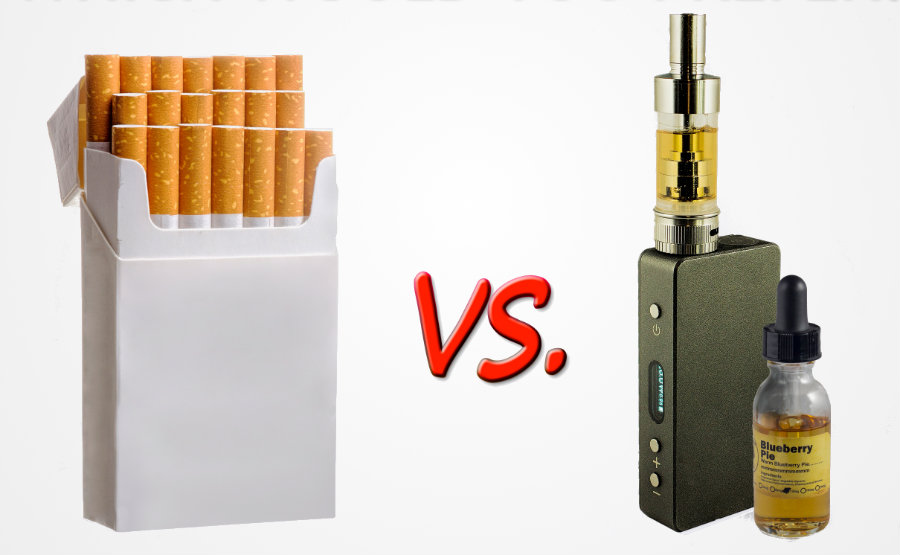Washington – US Surgeon General Vivek Murthy calls out the use of e-cigarettes a raising and very dangerous habit for young adults and teens. His report finds its basis in the solid fact that any product containing nicotine, such as e-cigarettes and every vaping product, is just not safe for the health in any possible way.
Nicotine travels through the body in the bloodstream and heads straight for the brain, arriving in 7 to 15 seconds. The zone it has a direct effect on is the pre-frontal cortex, which is linked directly to planning complex cognitive behavior, personality expression, decision making, and moderating social behavior.

Supporting the claims is Dr. Adam Leventhal, the director of USC’S Health, Emotion and Addiction Laboratory. He stated that youth who start vaping at such young age are very likely to end up as regular smokers in a short period. Among young people, the short-term health consequences of smoking include respiratory issues like a lower level of lung function and growth.
Children, teens, and youth are the main worrying sector since the human brain keeps on with its developing until the age of 25. Among them is, very sadly, a common practice these days. E-Cigs broke out in the scene back in 2010 and since then the United States has taken part in a long battle against it. The studies found that the use of e-cigarettes has increased an astounding 900 percent from 2011 to 2015.
The opposite side strikes back
On the other hand, the Vapor Technology Association, a non-profit organization that promotes the habit that is vaping, and its effects especially in the lives of smokers and their families, have responded to the Surgeon General report. They say Dr. Murthy is not taking to coalition the fact that millions of adults, who depend on vaping, actually stay away from the harmful organic cigarettes.
The surgeon’s report touches on that matter and establishes that the relationship between the use of vaping products and the quitting of tobacco cigarettes is not really proven. The latter has been a falling number among young adults but the e-cigarettes keep increasing, and they both cause high damage, reversing all the progress made by anti- nicotine and anti-tobacco efforts, the surgeon said.

Cited in the report, is the Centers for Disease Control and Prevention research results that found 16 percent of high schoolers used e-cigarettes in 2015, up from 13.4 percent a year earlier. As of 2015, around 38 percent of high schoolers reported having tried an e-cigarette at least one time.
E-cigarettes are the most consumed among the vaping related products, according to Doctor Murthy. Nevertheless, liquid nicotine is also one of the young population’s favorites. It can be found on desserts like ice creams, smoothies, and milkshakes.
A situation that touches many aspects
The Vaping Industry also declared that e-cigarettes do not contain tar, and cigarettes do. Tar is a black mixture of hydrocarbons and free carbon obtained from a wide variety of organic materials through destructive distillation, and it can be found on tobacco. However, the VAT itself has admitted they are not able to determine or assure liquid nicotine is not harmful to the brain. They indicate as well that restrictions and policies against the products they support would increase the use of other harmful tobacco products that people will eventually depend on.
Terry Pechacek, a professor in the school of public health at Georgia State University, held the Vaping Industry position. He affirms that the use of nicotine puts the adolescent brain in danger, but he also said the risk is less than combining nicotine with carcinogenic combustion as it happens in traditional cigarettes.

Supported by various other research reports, the surgeon general’s statement highlights the fact that the $3.5 billion e-cigarette industry has recurred to the same marketing techniques in the tobacco industry and direct it to appeal to youth and young adults.
Many public health advocates rely their concern on this aspect, specifically, on the explosive growth and marketing of flavored e-cigarettes.
The American Academy of Professional Coders, a professional association for people working in specific areas of administration within healthcare businesses in the United States, published last month in the journal Pediatrics a study that found that young people who smoked flavored e-cigarettes were more at risk of taking up traditional smoking.
On the action side of the report, Dr. Murthy urged the Food and Drug Administration to put previously approved regulations to work. The agency passed on final rules governing e-cigarettes seven months ago. Nevertheless, many of these new policies will take several years to function adequately. There was also a claim for health instances to include e-cigarettes in programs at the state and national level in new ruling and restriction. It also suggested greater education among parents, teachers, and coaches about the risks of vaping and how to pass the information to their teens.
Source: NBC News

Vaping got me off cigarettes 2 years ago after 6 weeks of dual using. A brother of mine took 10 months to make the switch. I feel better and save $3,000 a year. I would be okay with banning vaping if tobacco is also banned. Then I don’t need vaping to stay away from smoking. To ban vaping while cigarettes remain for sale the same as always it just a bunch of government drug dealers protecting their tax money because their funding will decrease as smoking declines. Governments should not be interfering with smokers switching to vaping. Parents should decide if their kids can vape off school property.
A lot of kids who admit to vaping say there is no nicotine in their vape. ‘It’s the clouds bro’. If kids cared so much about flavor they wouldn’t smoke. Cigarettes taste awful.